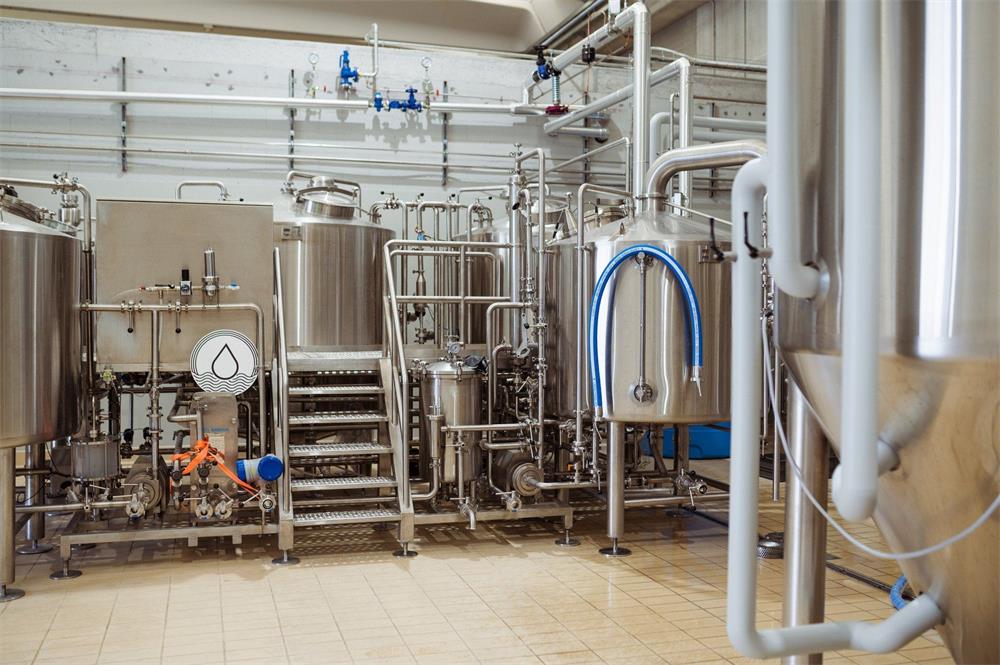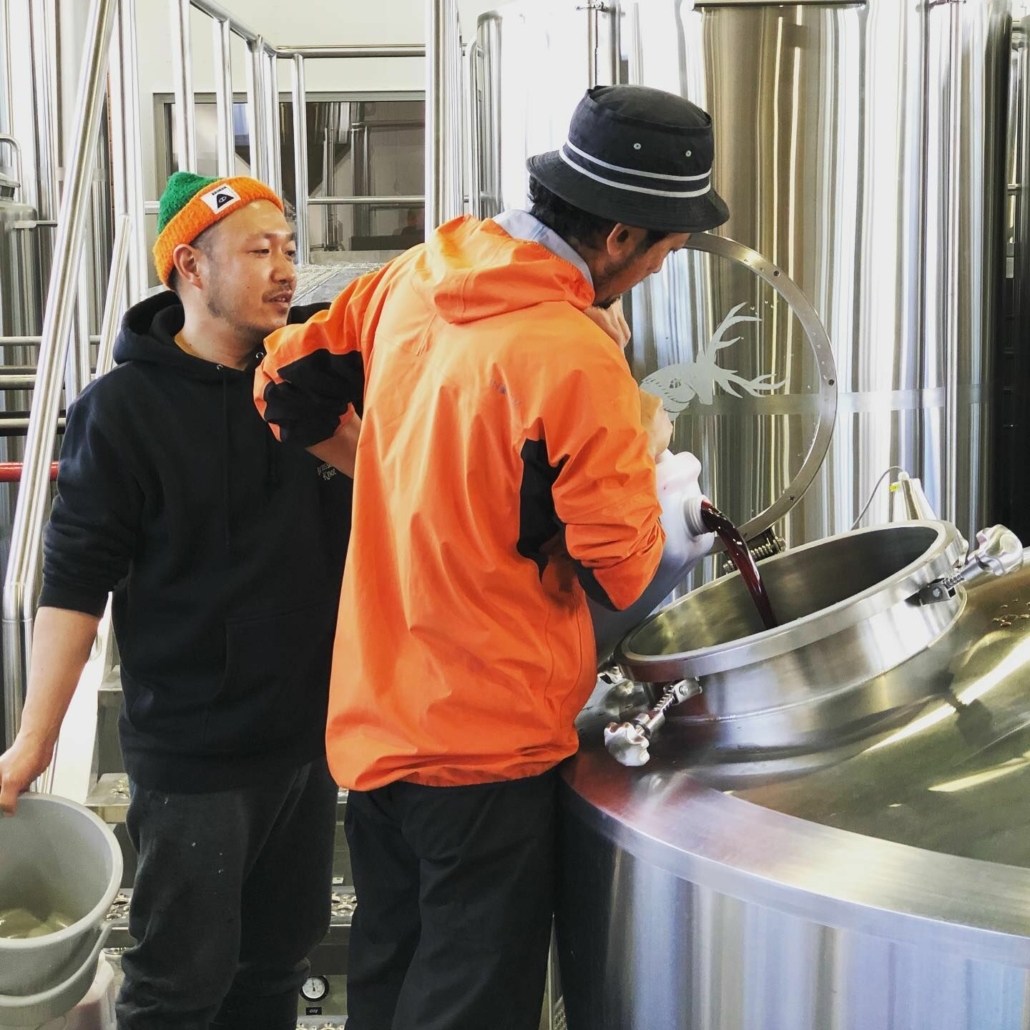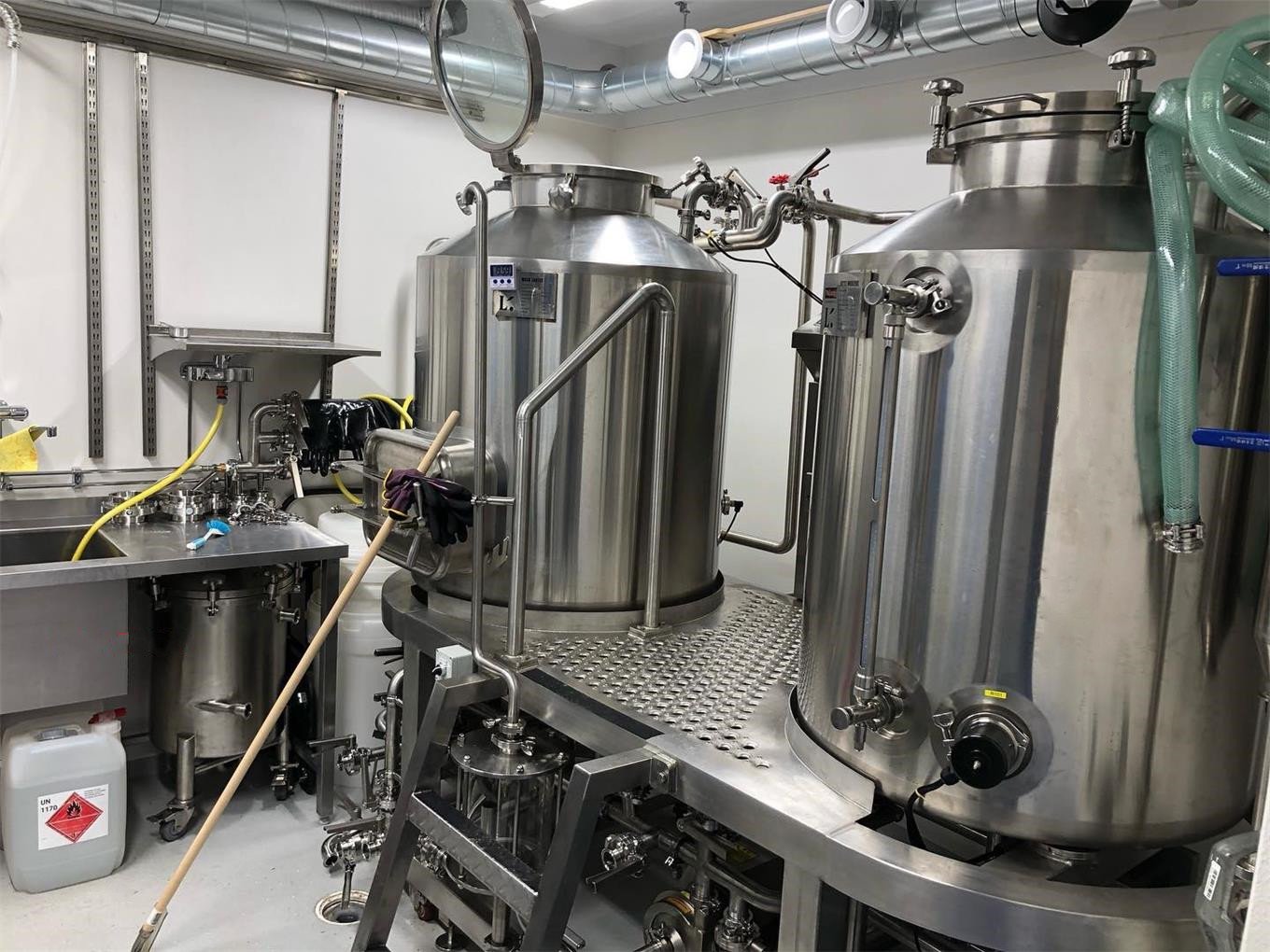Commercial Brewing Equipment
Overview: Diving into the World of Commercial Brewing Equipment
So, you’re dreaming of crafting your own beer empire? Fantastic! Before you start brewing up those big ideas, let’s talk about the heart and soul of your operation: commercial brewing equipment. Imagine your brewery as a symphony orchestra; the equipment is your instruments, and each piece plays a crucial role in creating that perfect harmony of flavors.
We’re going to dive deep into the world of commercial brewing equipment, from the mighty brewhouse to the humble keg washer. We’ll break down the different types, their functions, and how to choose the right gear for your brewery. By the end of this journey, you’ll have a solid grasp on what it takes to equip your brewery for success.

A Guide to Essential Brewing Equipment
Let’s start with the basics. A commercial brewery, no matter the size, requires a core set of equipment to function. Here’s a breakdown of the essential components:
| Equipment Type | Description |
|---|---|
| Brewhouse | The central hub of the brewing process, consisting of a mash tun, lauter tun, kettle, and whirlpool. |
| Fermentation Tanks | These vessels are where the magic of fermentation happens, transforming wort into beer. |
| Bright Beer Tanks | Here, the beer is conditioned and prepared for packaging. |
| Filtration System | Removes impurities and ensures a clear, finished product. |
| Kegging and Bottling Equipment | The machinery that packages your beer for distribution. |
| Cleaning and Sanitation Equipment | Crucial for maintaining hygiene and food safety. |
Understanding Brewing Processes
To fully appreciate the role of equipment, let’s walk through a simplified brewing process:
- Mashing: Grains are soaked in hot water to extract sugars.
- Lautering: The liquid (wort) is separated from the grain.
- Boiling: Hops are added to the wort for bitterness and flavor.
- Cooling: The wort is cooled rapidly to prevent contamination.
- Fermentation: Yeast converts sugars into alcohol and carbon dioxide.
- Maturation: The beer develops its character and flavor.
- Packaging: The finished beer is transferred to kegs or bottles.
Brewing Equipment: Capacity, Space, Design, and Customization
The size and scope of your brewery will dictate the equipment you need. Key factors to consider include:
| Feature | Description |
|---|---|
| Capacity | The amount of beer your equipment can produce per batch. |
| Space Requirements | The footprint of your equipment in your brewery layout. |
| Design and Layout | The configuration of your equipment for optimal workflow. |
| Customization Options | The ability to tailor equipment to your specific needs. |
Commercial Brewing Equipment Suppliers and Pricing
There are numerous suppliers of commercial brewing equipment, each offering a range of products and services.
| Supplier Type | Price Range |
|---|---|
| Small-scale equipment manufacturers | Typically more affordable, with limited customization options. |
| Large-scale equipment manufacturers | Offer a wider range of products and customization, but often come with a higher price tag. |
| Used equipment dealers | Can be a cost-effective option, but quality and condition vary. |
Note: Prices for commercial brewing equipment can vary widely based on factors such as size, materials, automation, and additional features.
Installation, Operation, and Maintenance
Installing, operating, and maintaining commercial brewing equipment requires specialized knowledge and skills.
| Task | Considerations |
|---|---|
| Installation | Proper electrical and plumbing connections, equipment leveling, and ventilation. |
| Operation | Understanding control panels, brewing processes, and sanitation procedures. |
| Maintenance | Regular cleaning, inspections, and part replacements. |

Choosing the Right Brewing Equipment Supplier
Selecting the right equipment supplier is crucial for your brewery’s success.
| Criteria | Considerations |
|---|---|
| Reputation and Experience | Look for suppliers with a strong track record in the industry. |
| Product Range | Ensure the supplier offers the equipment you need. |
| Customization Options | Evaluate the ability to tailor equipment to your specific requirements. |
| After-sales Support | Consider the level of support provided for installation, training, and maintenance. |
| Pricing | Compare prices from different suppliers to get the best value. |
Commercial Brewing Equipment: Pros and Cons
Commercial brewing equipment offers several advantages and disadvantages.
| Advantages | Disadvantages |
|---|---|
| Increased production capacity | Higher initial investment |
| Consistent product quality | Complex operation and maintenance |
| Automation options | Potential for equipment breakdowns |
Share this entry
Interested in learning more about Brewing Systems including additional details and pricing information? Please use the form below to contact us!
YOLONG BREWERY EQUIPMENT FAQS
- Commercial Brewery / Craft Brewery / Microbrewery / Nanobrewery
- What is The Difference Between Craft Beer and Industrial Beer?
- The Bespoke Differences In Custom Brewing Systems
- Everything You Need to Know About Kettle Souring
- How to Choose Brewing Equipment for Your business?
- How To Choose The-Best Partner To Build Your Commercial Microbrewing System?
- Two Detection Sensors That You Need To Use In Your Brewhouse System
- Remote Control Applications in Brewing Equipment/How does it work?
- How To Clean Your Brand New Brewery Tanks?

